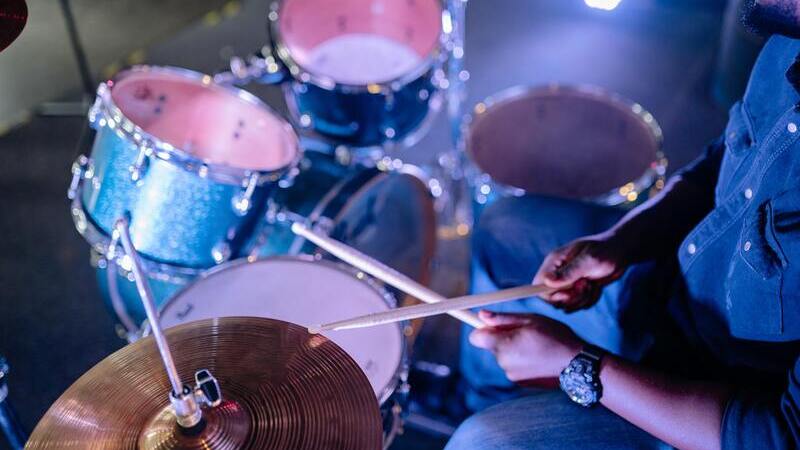As a drummer, it’s essential to have a strong foundation of basic rudiments in your toolkit. One of the most important and versatile rudiments is the flam. In this article, we’ll delve into the history, technique, and applications of the flam drum rudiment.
History of the Flam
The flam rudiment has been a staple of drumming for centuries. It’s believed to have originated in military drumming, where it was used to keep a steady rhythm for marching soldiers. Over time, the flam found its way into various forms of music and has become a fundamental element of drumming.
The flam is a rudiment that consists of two strokes played very close together, with the second stroke slightly delayed. The first stroke is called the “lead” stroke, and the second is known as the “flam” stroke. When played correctly, the two strokes should sound like one.
How to Play the Flam
Here are the steps to play the flam correctly:
- Start by holding the drumsticks in the traditional grip.
- Play the lead stroke with your dominant hand.
- Play the flam stroke with your non-dominant hand, slightly delaying it so that it’s played slightly after the lead stroke.
- Practice the flam slowly, focusing on getting the timing right between the two strokes.
- Gradually increase the tempo as you become more comfortable with the rudiment.
Here are some tips to help you master the flam:
- Make sure your hands are relaxed and not tense.
- Keep your wrists loose when playing the flam.
- Focus on getting the right sound and timing, rather than playing fast.
Applications of the Flam
The flam is a versatile rudiment that can be used in a variety of musical styles, such as rock, jazz, and funk. It’s a great way to add a sense of syncopation to your drumming, making it sound more interesting and dynamic.
Flams can be incorporated into drum solos and filled to add a touch of sophistication. They can also be used to create unique rhythms and patterns.
Conclusion
The flam is an essential rudiment for any drummer to master. It’s a versatile and sophisticated technique that can add a lot of depth and interest to your drumming. Remember to practice slowly and focus on getting the timing and sound right, and you’ll be a flam master in no time!
For additional resources, try checking out drumming books, videos, and lessons that focus on the flam rudiment. With dedication and practice, you’ll be able to use the flam to take your drumming to the next level.
